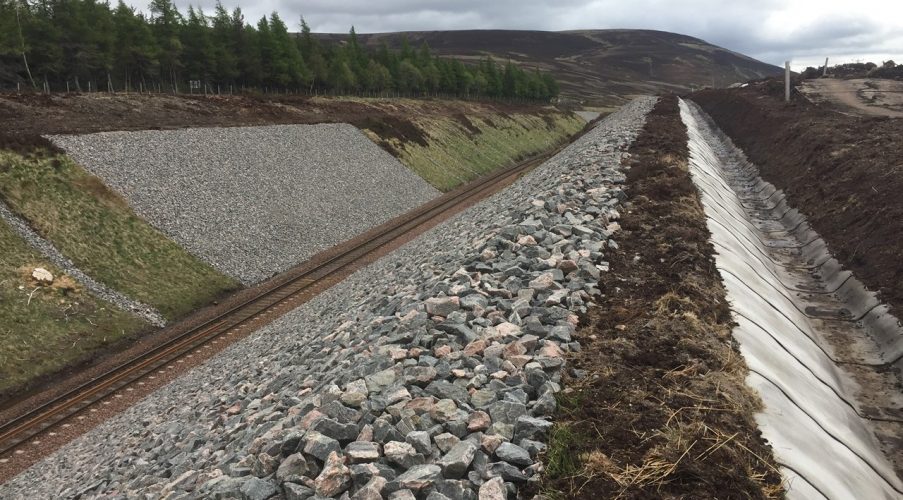The UK is generally projected to experience increases in extremes of the precipitation regime as a result of climate change, especially in terms of higher occurrence and intensity of heavy summer rainfall events. An important resilience action to mitigate the impacts from such increases is the improvement of drainage management. Climate change resilience within Network Rail, the national railway infrastructure managing authority in Great Britain, is driven by corporate strategic objectives defined by the Weather Resilience and Climate Change Adaptation Strategy (WRCCA), finalized in 2017. Objectives set in the WRCCA are detailed into actions at the rail route level, through individual Route WRCCA plans. The wider sustainable development vision of the Network Rail including lower carbon footprint, lower pollution of air and water, higher energy efficiency and sustainable land management is set out in the Network Rail Sustainable Development Strategy.
Network Rail’ published WRCCA plans for all routes cover the whole rail network for the Control Period (2014–2019; CP5). These plans are being updated for the successive Control Period (2019 – 2024; CP6). Recently, three new WRCCA plans have been developed, namely for North West and Central Route, South East Route and Wales Route. The plans reflect upon the impacts from weather variability, regional climate change projections, and actions being taken to increase resilience, including investment in drainage systems and implementation of an Integrated Drainage Management Policy.



